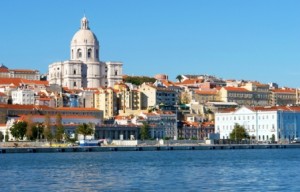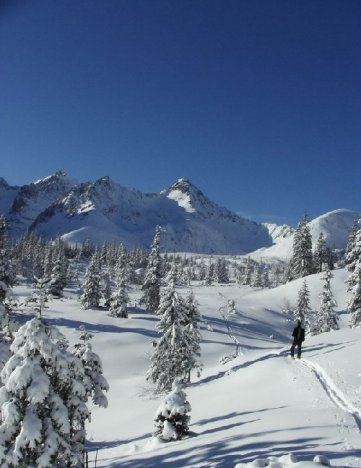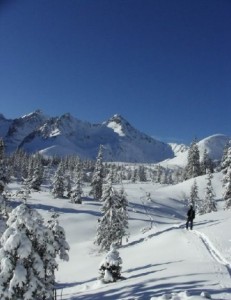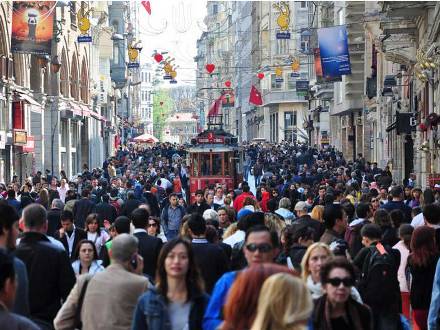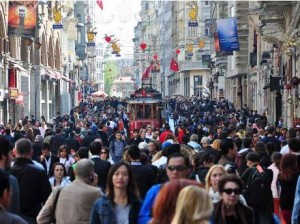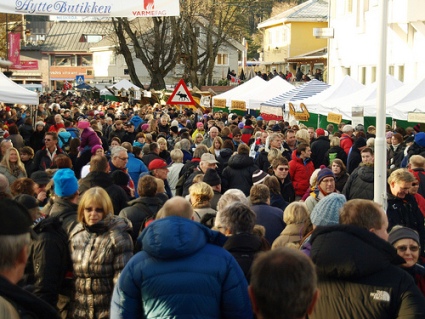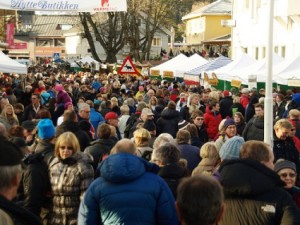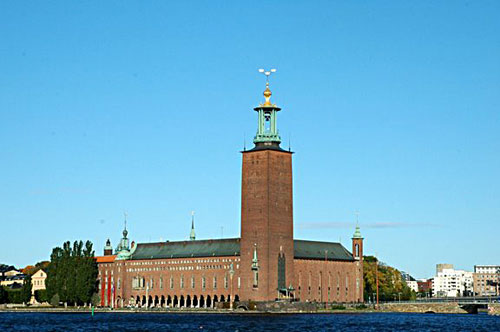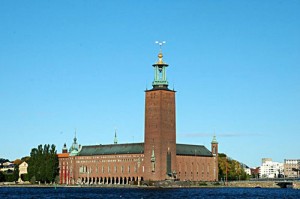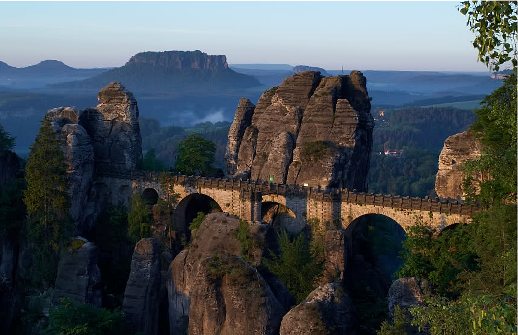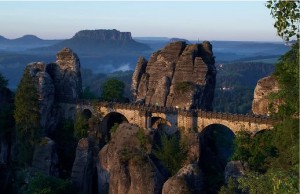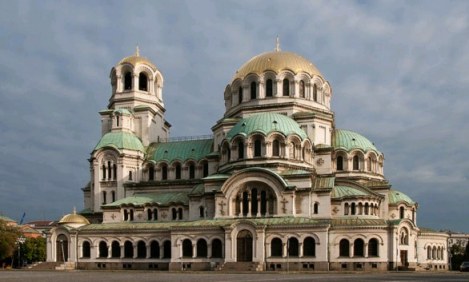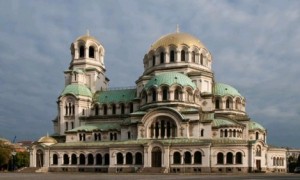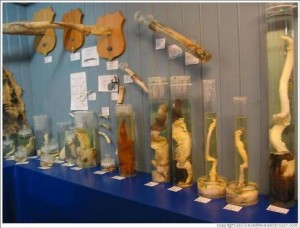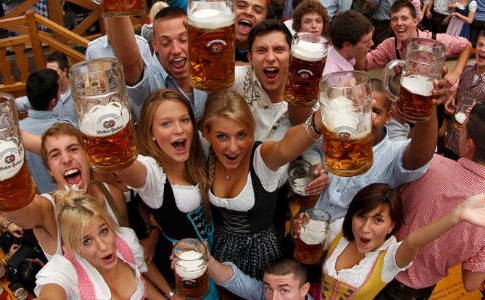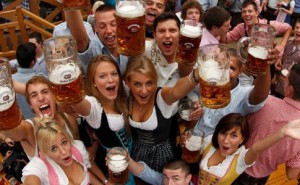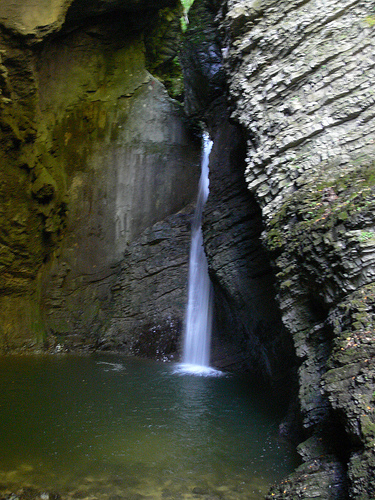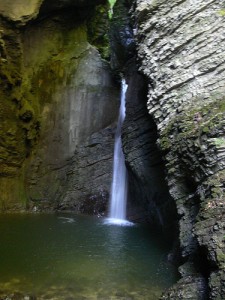A location in Lisbon, you will discover the capital and largest city of Portugal. Located at the mouth of the Tagus, it is the most western European capitals and was the starting point of the great expeditions of the fifteenth and sixteenth centuries. Its port, its seven hills, tiles, fado bars and its many attractions will leave you with unforgettable memories.
Built on seven hills, bordered by the Atlantic Ocean and the Sea of Straw, Lisbon is a cosmopolitan city. Partially destroyed in an earthquake in 1755, it houses some very old monuments but it is a city full of charm. We visit Lisbon all year round with its Mediterranean climate influenced by the Gulf Stream. Continue reading “Lisbon Special Feature”


